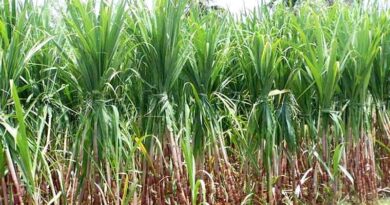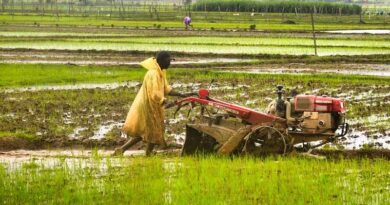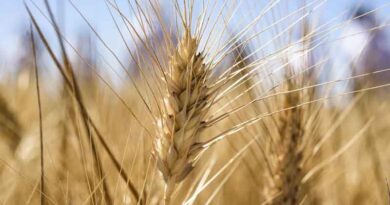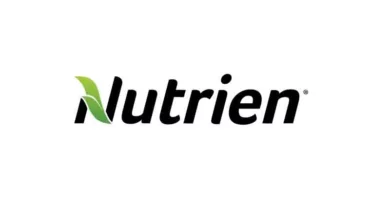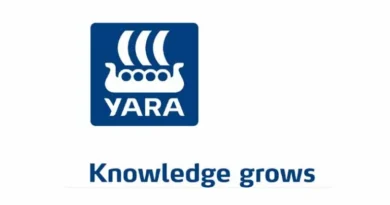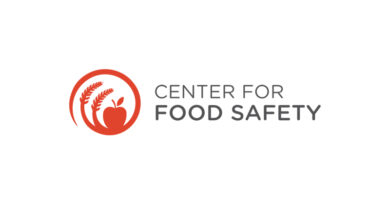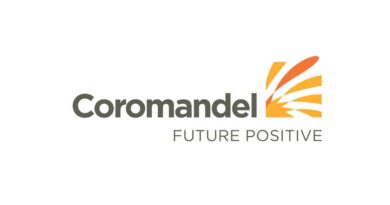Complex fertilizers volume to grow 4-5% next fiscal: CRISIL
01 March 2024, New Delhi: India’s Domestic sales volume of complex fertilizers (DAP and various grades of NPK) will revert to the historical growth rate of 4-5% in fiscal 2025 after a strong 7-8% jump in this fiscal. This will be supported by expectations of a normal monsoon and stable retail prices.
Lower volatility in raw material cost will support commensurate nutrient-based subsidy (NBS) by the government and help improve the operating profitability of manufacturers to a normalized level of about Rs 4,000-4,500 per tonne next fiscal after a decline this fiscal.
That, along with the timely release of subsidies — in line with the trend seen in the past few years — will keep working capital requirements low for fertilizer makers and credit profiles stable.
Naveen Vaidyanathan, Director, CRISIL Ratings, “The high volume growth this fiscal is riding on better availability and record pre-buying by farmers in the first half in anticipation of retail price hikes in the second half. Next fiscal, we expect it to be supported by expectations of adequate NBS rates and a normal monsoon. The medium-term growth outlook for complex fertilizers is positive as balanced soil nutrition is imperative for better productivity and yields, and availability is adequate and at subsidized rates.”
Profitability, however, will see a sharp cut this fiscal before rebounding in the next.
For complex fertilizer makers, profitability is typically a function of raw material input prices, commensurate NBS rates, and retail sales prices. NBS rates are typically revised bi-annually, in sync with raw material input prices, to keep the retail prices for farmers largely stable. This results in largely stable profitability.
The story has been different this fiscal. Declining raw material prices in the first half led to a slashing of NBS rates for diammonium phosphate (DAP) and nitrogen, phosphorus, and potassium (NPK) grades by 40% for the second half. However, contrary to expectations, prices of raw materials such as phosphoric acid, ammonia, rock phosphate, and sulphur subsequently rose and are higher (Average prices of Ammonia over October 2023 till January 2024 is 61% higher than 1HFY24, Phosphoric acid (2%) rock phosphate (3%); Source: Department of Fertilisers) than first-half levels.
Nitin Bansal, Associate Director, CRISIL Ratings, “Operating profitability of complex fertilizer makers is expected to decline 30-35% to Rs 3,000-3,500 per tonne this fiscal as limited ability to pass on higher raw material prices amid a sharp reduction in NBS rates will result in lower profits. But next fiscal, profitability is expected to normalize to Rs 4,000-4,500 per tonne on expected revision in NBS rates in line with more stable raw material prices.
”That said, reduced subsidy requirement (Subsidy requirement for complex fertilizers reduced to Rs 60,300 crore in fiscal 2024 from Rs 86,122 crore in fiscal 2023) due to lower NBS rates and timely disbursement of subsidies are largely offsetting the impact of reduced profitability on net leverage.
Leverage, as measured by the ratio of net debt to earnings before interest, taxes, depreciation, and amortisation (Ebitda), is projected at 1.5 times this fiscal versus 1.4 times last fiscal.
Going ahead, rise in raw material prices without a commensurate increase in NBS prices will be monitorable.
Also Read: Secretary Agriculture Releases Two Whitepapers by Kisan-Vigyan Foundation on India’s Food Security
(For Latest Agriculture News & Updates, follow Krishak Jagat on Google News)





